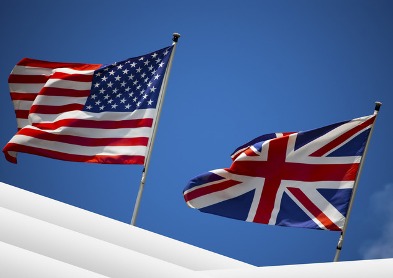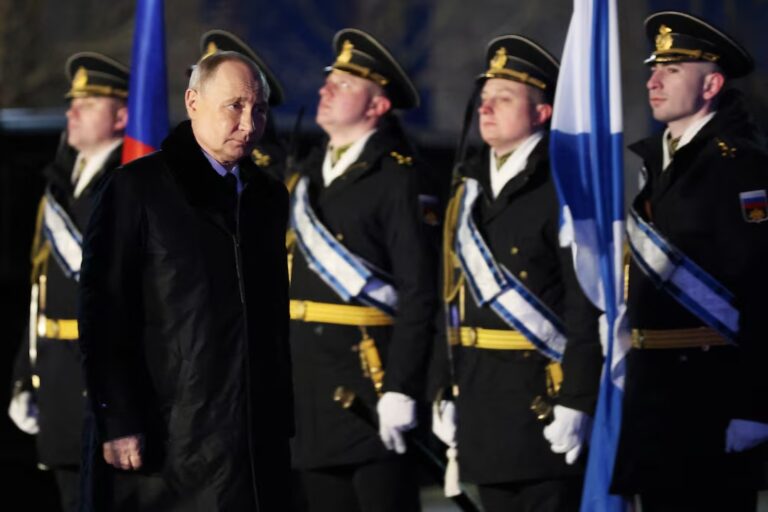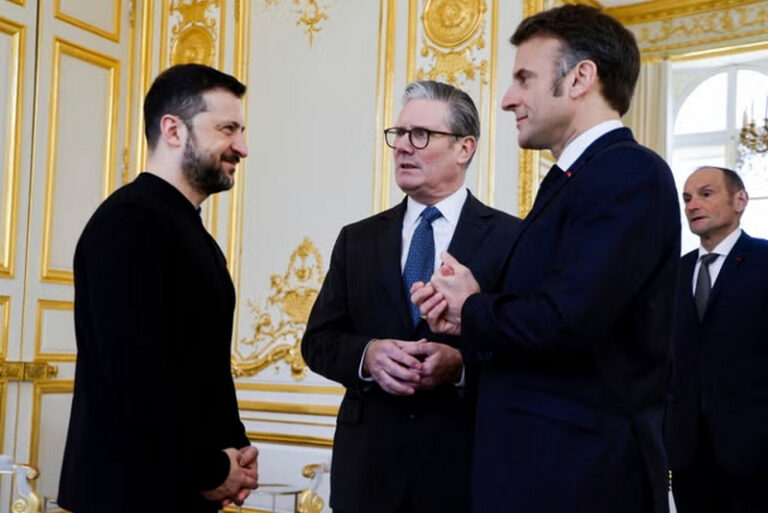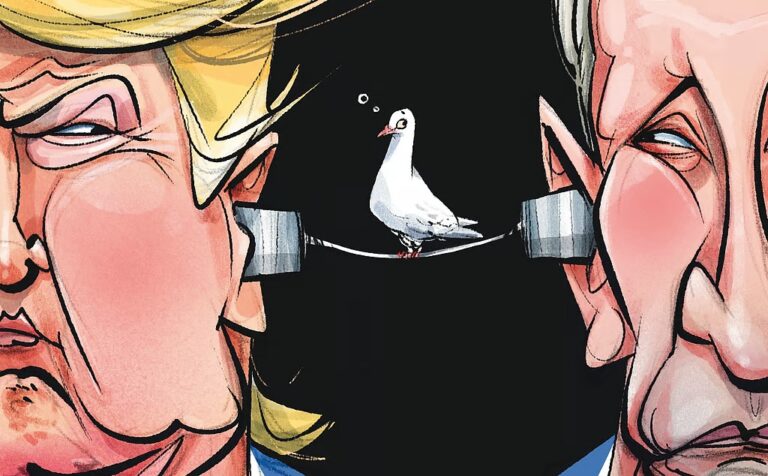By Lucy Komisar The U.S. and UK are intensifying their Cold War against Russia. In Washington, calls for sanctions are based on the fake “bountygate,” and the UK has sanctioned selected Russians based on William Browder’s Magnitsky hoax. The “bountygate” […]
By Lucy Komisar
The U.S. and UK are intensifying their Cold War against Russia. In Washington, calls for sanctions are based on the fake “bountygate,” and the UK has sanctioned selected Russians based on William Browder’s Magnitsky hoax.
The “bountygate” charge that Russia paid militants to kill American soldiers in Afghanistan is unproved by U.S. intelligence agencies and even discounted by the international wire-tapping National Security Agency (NSA). The UK sanctions against 25 Russians, judges and court officials, tax investigators, and prison doctors, are based on disproved claims by billionaire investor William Browder that they were responsible for the death of his accountant Sergei Magnitsky.
Browder’s Magnitsky story is a pillar of America’s Russiagate, which has five. Before bountygate, there was the 2019 Mueller Report which found no evidence that President Trump had colluded with the Russians, the Jan 2017 intelligence agencies’ charge of Russian interference in the U.S. 2016 election which concludes with the admission that they had no proof; and the 2016 accusation that Russians had stolen Democratic National Committee emails, made by the private security group Crowdstrike, later walked back by Crowdstrike’s CEO Shawn Henry at a secret House hearing in Dec 2017, but not revealed till this May.
With the UK, we return to the first pillar of the U.S. Russiagate story, the 2012 Magnitsky Act, which targeted many on the U.S. list. The Magnitsky Act is recognized as the beginning of the deterioration of U.S.-Russian relations. It is based on a hoax invented by Browder and easily disproved by documentary evidence, if governments cared about that.
The European Court of Human Rights on Magnitsky’s arrest
First, a few of the obvious fake charges. Three judges are accused of detaining Magnitsky, which the UK says “facilitated” his mistreatment and denial of medical care. However, the European Court of Human Rights ruled in August 2019, “The Russians had good reason to arrest Sergei Magnitsky for Hermitage tax evasion.” The Court said: “The accusations were based on documentary evidence relating to the payment of taxes by those companies and statements by several disabled persons who had confessed to sham work for the two companies.”
The decision to arrest him was made after “investigating authorities noted that during a tax inquiry which had preceded the criminal investigation, Mr Magnitskiy had influenced witnesses, and that he had been preparing to flee abroad. In particular, he had applied for an entry visa to the United Kingdom and had booked a flight to Kyiv.” He was a flight risk.
Several of the UK targets were said to have “facilitated” mistreatment of Magnitsky because they had been involved in a fraud he exposed. The reference is to a $230-million tax refund scam against the Russian Treasury.
Back to the ECHR: “The Court observe[d] that the inquiry into alleged tax evasion, resulting in the criminal proceedings against Mr Magnitskiy, started in 2004, long before he complained that prosecuting officials had been involved in fraudulent acts.” The taxes were the real story; the fraud narrative was a cover-up.
The fake fraud story
Magnitsky did not uncover a massive fraud. That was the tax refund fraud in which companies engaged in collusive lawsuits, “lost” the suits, and “agreed” to pay damages equal to their entire year’s profits. They then requested a full refund of taxes paid on the now zero gains. The fake lawsuits and payouts were first revealed to police by Russian shell company director Rimma Starova April 9 and July 10, 2008. (Russian originals April and July.)
With investigators on the trail, Browder’s Hermitage Fund director Paul Wrench filed a complaint about the fraud, and Browder gave the story to The NYTimes and the Russian paper Vedomosti, which published it July 24, 2008, long before Magnitsky mentioned it in October 2008. His testimony did not accuse any officials.
The main story at the center of the Magnitsky Acts in the U.S. and UK are not that he was mistreated or failed to get good medical care, which is what is mostly alleged here. That would put dozens of U.S. prison officials in the crosshairs, including recently those running state prison systems in Alabama and Mississippi. It is that he was murdered. In the only reference to beating, the head of the Matrosskaya detention center is accused of “ordering the handcuffing and beating” of Magnitsky before he died.
UK Foreign Secretary Dominic Raab takes the same line, declaring, “You cannot set foot in this country, and we will seize your blood-drenched ill-gotten gains if you try,” as he announced the new sanctions. Blood-drenched? No evidence supplied for the sanctioned Russians.
For Browder, the purpose of the Magnitsky Acts he promotes in the West is as a political tool to build a wall against Russia’s attempt to have him answer for documented financial frauds totaling at least $100 million, and with new evidence as much as $400 million.
The death hoax: Forensic photos tell the truth
Here is the story of Magnitsky death hoax, with links to evidence, including how Browder forged and falsified documents….





